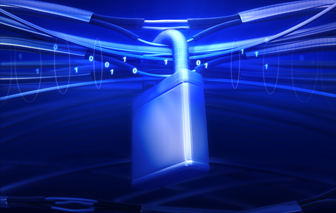|
Through development efforts on multiple fronts, the TDL continues its commitment to developing a dedicated preservation infrastructure that will ensure the longevity and accessibility of digital scholarly communication into the future.
The TDL hopes that DuraCloud will provide an interim preservation solution for members by giving them the ability to manage content stored at TACC, but it will also, over the longer term, provide the means for integrating TDL member content at TACC with the Digital Preservation Network. Digital Preservation Network (DPN)The Digital Preservation Network is a federated effort within the academy to address preservation needs by creating a network of linked repositories that replicates and preserves research and scholarship across diverse software architectures, organizations, and geographic regions. The TDL is one of more than 50 academic institutions to have joined the DPN project in 2012. Those 50+ institutions also include other leading academic organizations such as the University of Virginia, MIT, Stanford, and HathiTrust. The TDL fits into the DPN project in several ways.
DPN launched at the beginning of 2012 and is currently making progress on three fronts, with the aim of creating a working proof-of-concept of the core components of the network: first, the technology working group mentioned above; second, a governance group that will define a governance and sustainability model; and third, a “data partnerships” group that is undertaking n environmental scan of research data preservation. For more information about the Digital Preservation Network, visit the DPN website at http://www.dpn.org/ and sign up to receive news alerts. DuraCloudIn addition to and in concert with its work with DPN, the Texas Digital Library is exploring DuraCloud as a potential solution for allowing members to more easily move and manage content in storage at TACC. The term “DuraCloud” refers to both a paid service provided by DuraSpace (the organization that develops and support DSpace) and to the open-source DuraCloud software that can be implemented by any organization. The TDL is currently exploring the idea of implementing DuraCloud open-source software and providing it as a service for its membership. So what benefit would DuraCloud give to members? DuraCloud provides a web interface for interacting with cloud services (like Amazon Web Services, or – in the case being explored by the TDL – TACC) and managing content there. Once implemented, TDL members could use TDL’s DuraCloud to move content into “dark archive” storage that TDL owns at TACC. Over the short term, DuraCloud could give TDL members an easier way to move content into TACC for dark archiving. And, over the longer term, it may provide a means for contributing content to the DPN replicating node that may be located at TACC. TDL and UT Libraries developers are currently working on a prototype of the DuraCloud service. Once operational, Director of IT Ladd Hanson hopes to invite members to test and provide feedback on the prototype, with the aim of determining whether the service would be useful for members in implementing their preservation strategies. For more information about DuraCloud, please visit the DuraSpace website, or contact the TDL at info@tdl.org. |

